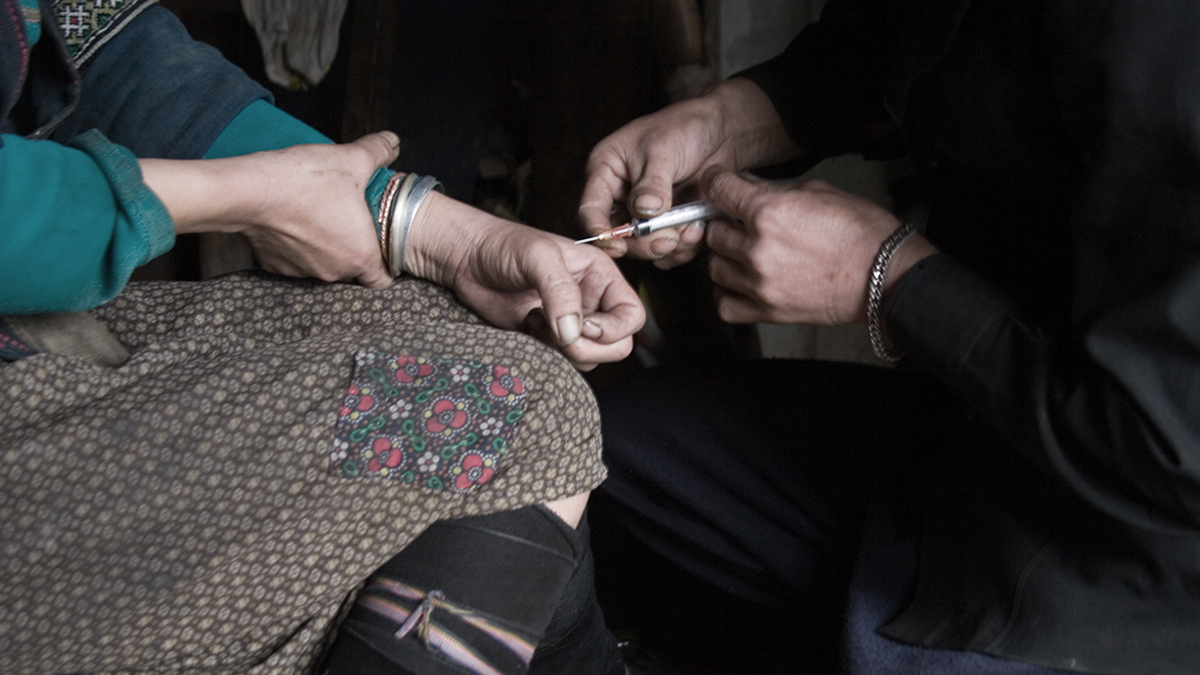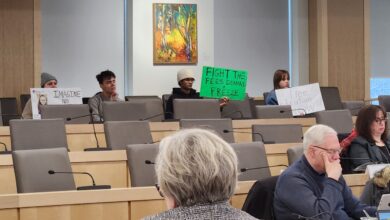What about the boy?
 Supplied - Wikipedia
Supplied - WikipediaA disturbing image showing a man and woman unconscious in a car from a heroin overdose surfaced on the web about two weeks ago. The image released on Facebook by Ohio police to raise awareness about heroin use also featured a four-year-old boy, the woman’s grandson, strapped in the back seat with his face clearly visible. The image sparked a furious backlash both online and in the community of East Liverpool, Ohio relating to rights of minors, American drug policy, and the effectiveness of these tactics.
Police in certain areas of the United States, including Ohio, are dealing with an intense drug epidemic that is claiming many lives and destroying communities. While I understand the need to make the public aware of the dangers of drug addiction, I question the irresponsibility of not considering the future impact this will have on the boy’s life.
When questioned on the lack of consideration for the child’s privacy, East Liverpool Police Chief John Lane revealed that concern for the child was discussed by police administrators, but they felt that the benefit of using the photo to raise awareness about the perils of heroin outweighed those concerns. The whole ordeal will help the child in the long run, he said.
Chief Lane is right that the ordeal will help the child because custody has been taken away from his grandmother and given to his great aunt and great uncle in South Carolina, but this could have been achieved without the violation of his privacy. Public display of his photograph exposes him to the danger of future ridicule, shaming, and bullying. It makes his private life permanently accessible to the world.
A similar situation occurred in August when images of a Syrian boy in an ambulance were published along with his name by numerous media outlets. Images like these conjure up strong emotions of guilt, pity, and sadness, but no constructive visible action or initiative justifies the potential aftermath which makes the whole thing seem like a manipulative ploy to both increase viewership and influence opinions. In the quest for creating headlines and news content, we fail to realize that minors are human beings who should also be given a choice on the exploitation of their image.
Another issue is the effectiveness of the methods employed in combating drug addiction. I would expect police to be more thoughtful and intelligent in their methods based on the failure of the “war on drugs” initiative and its destructive aftermath. Issues like drug addiction are very complex and actions like showcasing users seems more like public shaming than a productive initiative against drug addiction.
Much like the situation with cigarettes, where graphic images detailing smoking’s harmful effects are displayed on cigarette packages yet there are people who still smoke, sensationalist images do little to help addicts and drug users — if consumers are already addicted, confronting images will likely do little to change their minds. Similarly, confronting non-users with the image is unnecessary — most non-users have already been confronted with the reality of addiction in various forms. I don’t think the image achieves any substantial feat besides shock value.
Drug addiction is a problem worth discussing, but not at the expense of an innocent child.




